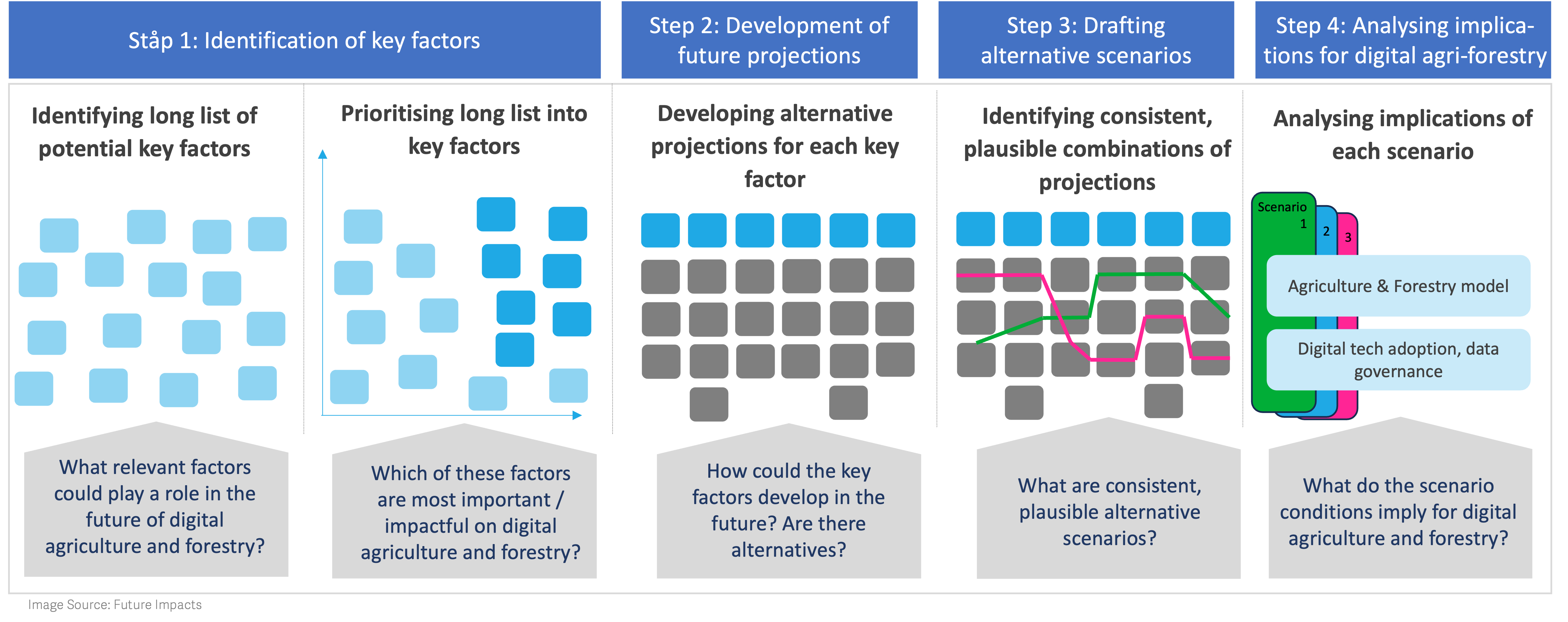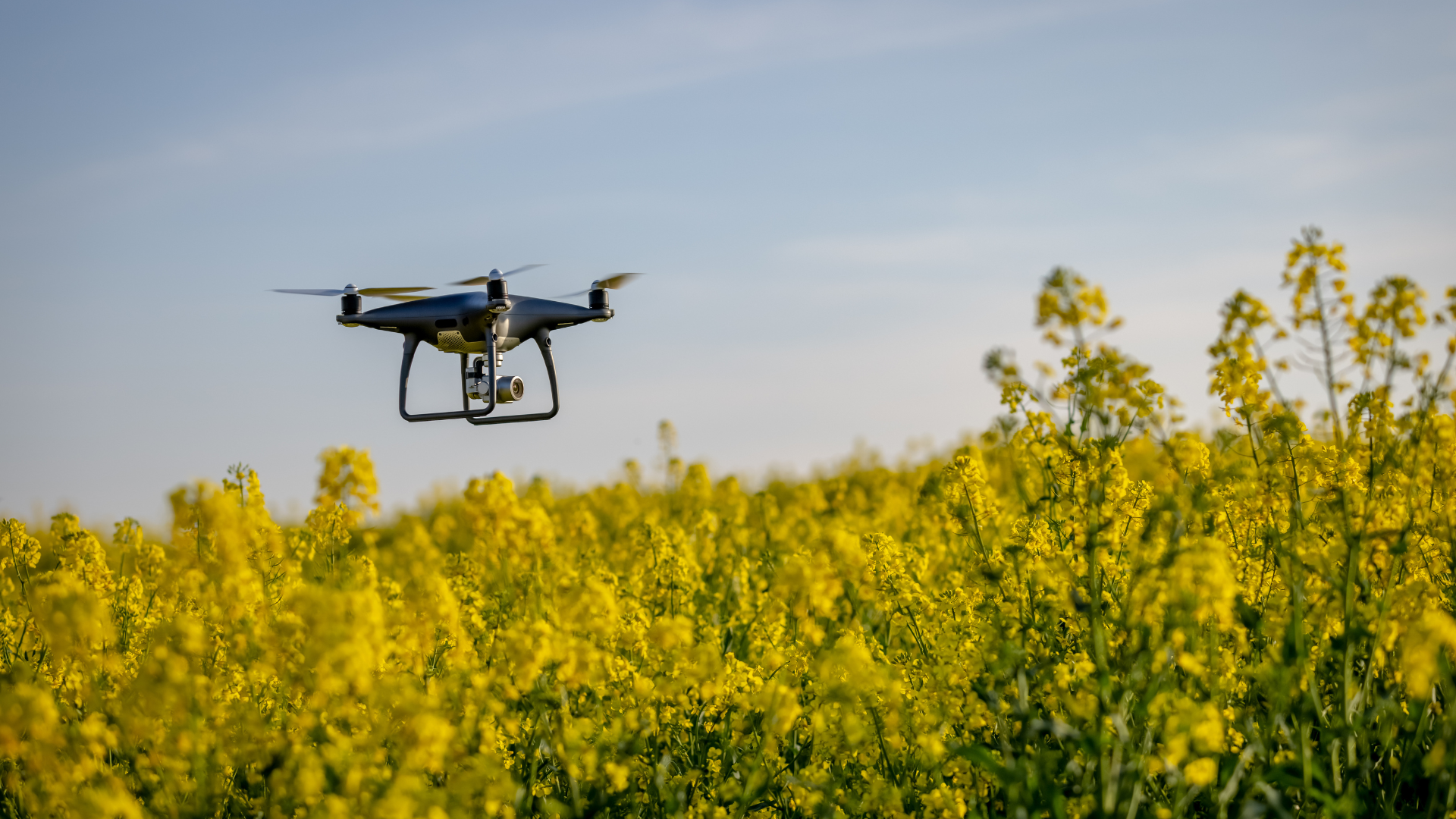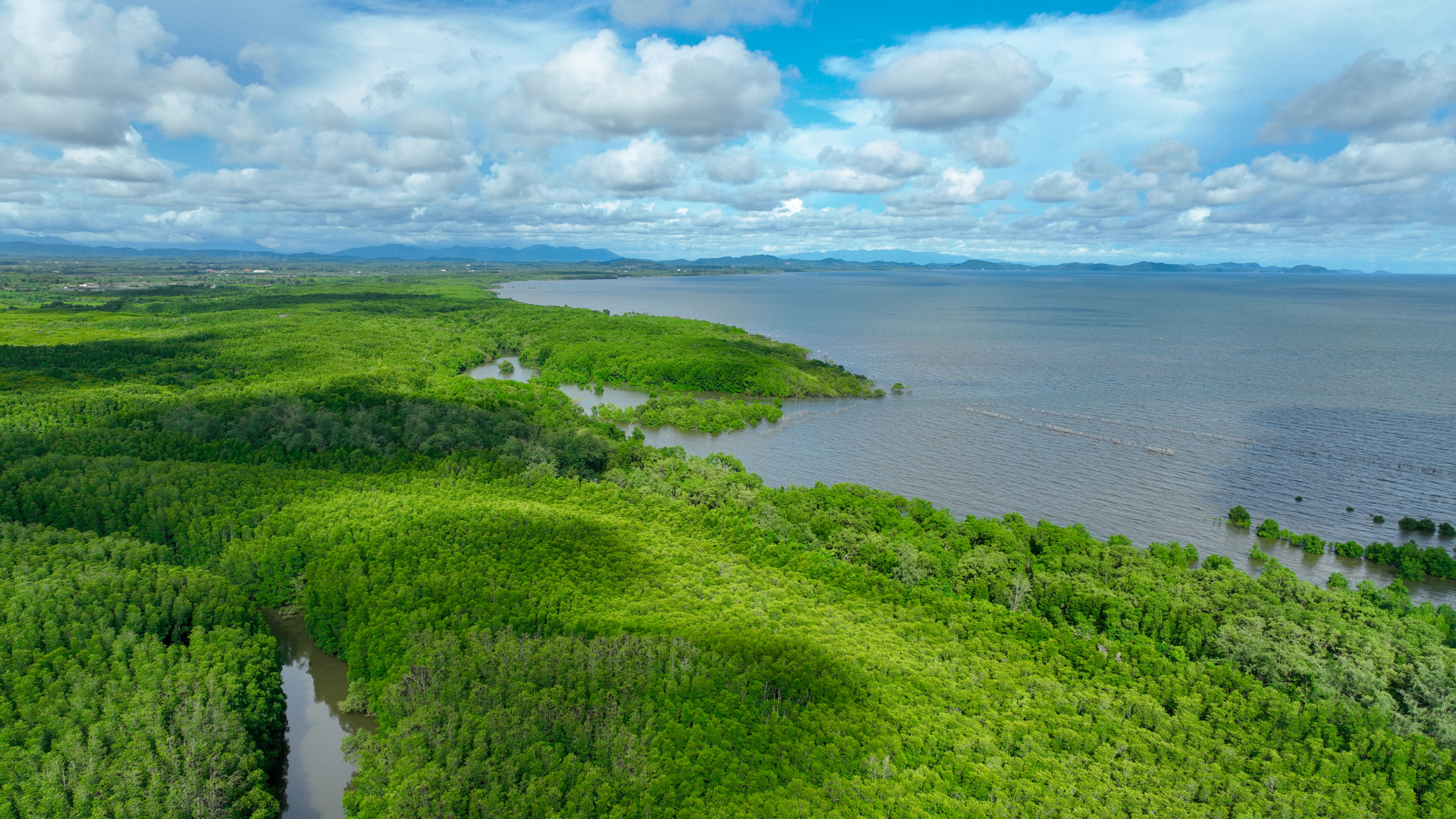4Growth’s Foresight Module, built by foresight experts Future Impacts is providing a holistic, accessible and wider picture of possible long-term future pathways of digital agriculture and forestry.
The Foresight Module has delivered the first draft of holistic, long-term framework scenarios for the future of digitalisation in European agriculture and forestry up to 2040. These scenarios serve as a strategic tool to assess how different framework conditions shape the uptake of digital and data-driven solutions in these sectors. By analysing alternative futures, the scenarios clarify the fundamental requirements for the adoption of digital technologies and data infrastructure under varying conditions, supporting anticipatory policymaking in digital, agricultural, forestry, and bioeconomy policies.
To develop the long-term scenarios, the 4Growth Foresight Module applied a transparent, key factor-based approach grounded in established foresight methods. It began with identifying the most influential and uncertain factors shaping digitalisation in agriculture and forestry, based on horizon scanning and a systematic literature review. For each factor, multiple plausible future projections were created, considering global trends, emerging innovations, and societal visions.
These projections were then combined into internally consistent scenarios through a structured morphological analysis. The resulting three alternative framework scenarios—alongside a baseline scenario—were refined and validated in expert workshops. Finally, their implications for digital agriculture and forestry were assessed in relation to market structures, technology adoption, and data governance. This robust methodology ensures that the scenarios provide a strategic lens for navigating future uncertainties and guiding policy and innovation.

The holistic, long-term framework scenarios consist of four distinct scenarios: three alternative framework scenarios and one “baseline” scenario. The three alternative framework scenarios feature a sustainability-driven Europe (Reimagining Progress), a fragmented and unequal Europe (The Fractured Continent), and a corporate-dominated Europe (The Corporate Epoch). The baseline scenario assumes a continuation of the developments of the past 15 years, showcasing a world characterised by ongoing technological advancements and the continued digitalisation of the sector. It also acknowledges persistent challenges that shape its development.
Each scenario from the Foresight Module will help inform 4Growth’s Market Monitoring and Forecasting Tool (MMFT) projections. The effect of different future scenarios will eventually be displayed on 4Growth’s Visualisation Platform in an interactive manner.
This blog forms the first in a series of three blogs looking at each alternative framework scenario, with the first blog focusing on the Reimagining Progress scenario.
The Reimagining Progress scenario in the year 2040 can be summarised as follows:
In the years leading to 2040, digital technologies and infrastructure drive Europe’s sustainable transformation, integrating domestic and global innovations. Innovation, policy, consumer demand, and business initiatives promote eco-friendly agricultural and forestry practices and carbon farming and forestry. Global primary production shifts to regions where it is most sustainable. Meat consumption drops significantly, with plant-based diets becoming the norm.
Mission-driven science, financed by the EU, member states, private investors and citizens, advance sustainable agri-food, forestry, and climate solutions. As biodiversity is a crucial issue, productive farm and forest land is limited to enable 30% of land reserved for ecosystems and 10% strictly excluded from human intervention. Open knowledge sharing, fair data allocation, and education fuel the widespread adoption of high-tech and social innovations.
In a digitally advanced yet sustainability-driven world, AI, automation, and data-driven governance play a crucial role in supporting ecological restoration, enhancing resource efficiency, and strengthening climate resilience. The balance between open data, ethical AI, and economic incentives ensures a regenerative, fair, and resilient agricultural and forestry sector in 2040. AI-driven precision farming and forestry applications use real-time monitoring of soil, water, crops, livestock, and tree health. Drones, satellite imaging, and field and animal sensors provide detailed data. Digital twins allow real-time data analysis for automated decision-making to optimise inputs (like fertilisers, pesticides, water), planting, sawing, livestock breeding and harvesting while enabling biodiversity and social conditions. Machine learning systems improve knowledge about good farm and forestry practices adapted to local soil, weather, and climate conditions. It shows ways to use practices such as crop rotation and micro-climate interventions like strip farming to improve soil quality and biodiversity.

AI-optimised logistics reduce food waste based on detailed consumer insights generated at high privacy levels from farm to fork; similarly, circular wood-based bioeconomy is enabled by material tracking and recycling systems. Alternative proteins are partly produced in bio-reactors for artificial meat, algae production, or vertical farms. Farmers first applied digital monitoring and Industry 4.0-like production processes in these controlled environment farming conditions and later in the fields and forests. Most machines are fully electric; many heavy machineries have been replaced by lightweight robotic swarms to minimise soil compaction and access remote areas for planting and restoration. Agricultural and forestry equipment consistently monitors fields and forests. Robots operate in natural conditions and are designed for nature-robot interaction. They efficiently interact with plants and livestock, adapting to specific micro-contexts. Their tasks include sawing, planting, watering, fertilising, weeding, pest control, and harvesting.
Carbon sequestration and carbon farming are becoming additional business areas for farmers and foresters. Monitoring and decision support enable optimised land use through digital measurement, reporting, and verification systems ensuring the integrity of carbon credit, rewarding farmers and foresters for carbon farming and regenerative practices.

A “data commons” approach enables data sharing while balancing open access with privacy and equity. Decentralised and federated systems work with distributed data networks that act on open access following a culture of “open but protected” data principle and interoperability. As a global leader, the EU ensures data sovereignty and ethical AI governance, preventing Big Tech from monopolising agricultural and forestry data. Farmers, foresters, and cooperatives are empowered, while sustainable innovation thrives through shared knowledge. Knowledge-sharing platforms and digital education equip farmers and foresters to adopt innovations, fostering resilience. Open-access data strengthens collaboration, enhancing sustainability in agriculture and forestry.
The ‘Reimagining Progress’ scenario offers a powerful vision of what’s possible when sustainability drives systemic change. As part of 4Growth’s foresight journey, it not only imagines a digitally advanced Europe but also highlights the social, environmental, and economic shifts required to get there. With technologies aligned to nature, empowered communities, and policy-led innovation, this future stands as both a benchmark and a motivation. By exploring this and other scenarios, 4Growth is equipping decision-makers, practitioners, and innovators with the insights needed to navigate uncertainty and shape a thriving, tech-enabled, and regenerative future for agriculture and forestry. In the coming weeks, we’ll dive into the two remaining alternative scenarios, ‘The Fractured Continent’ and ‘The Corporate Epoch’, each offering a distinct perspective on how Europe’s digital land use sectors might evolve under different global dynamics.